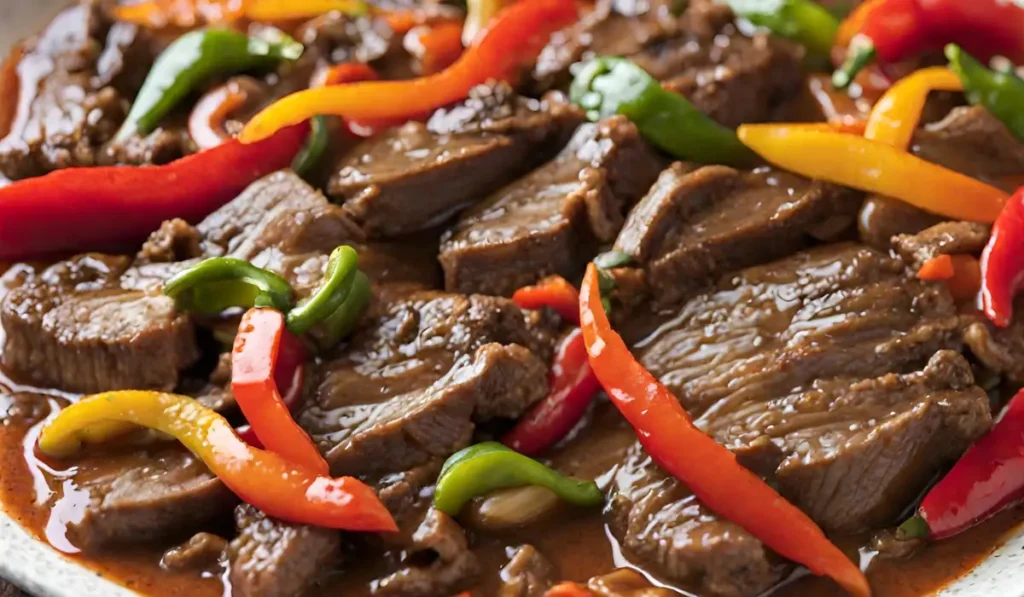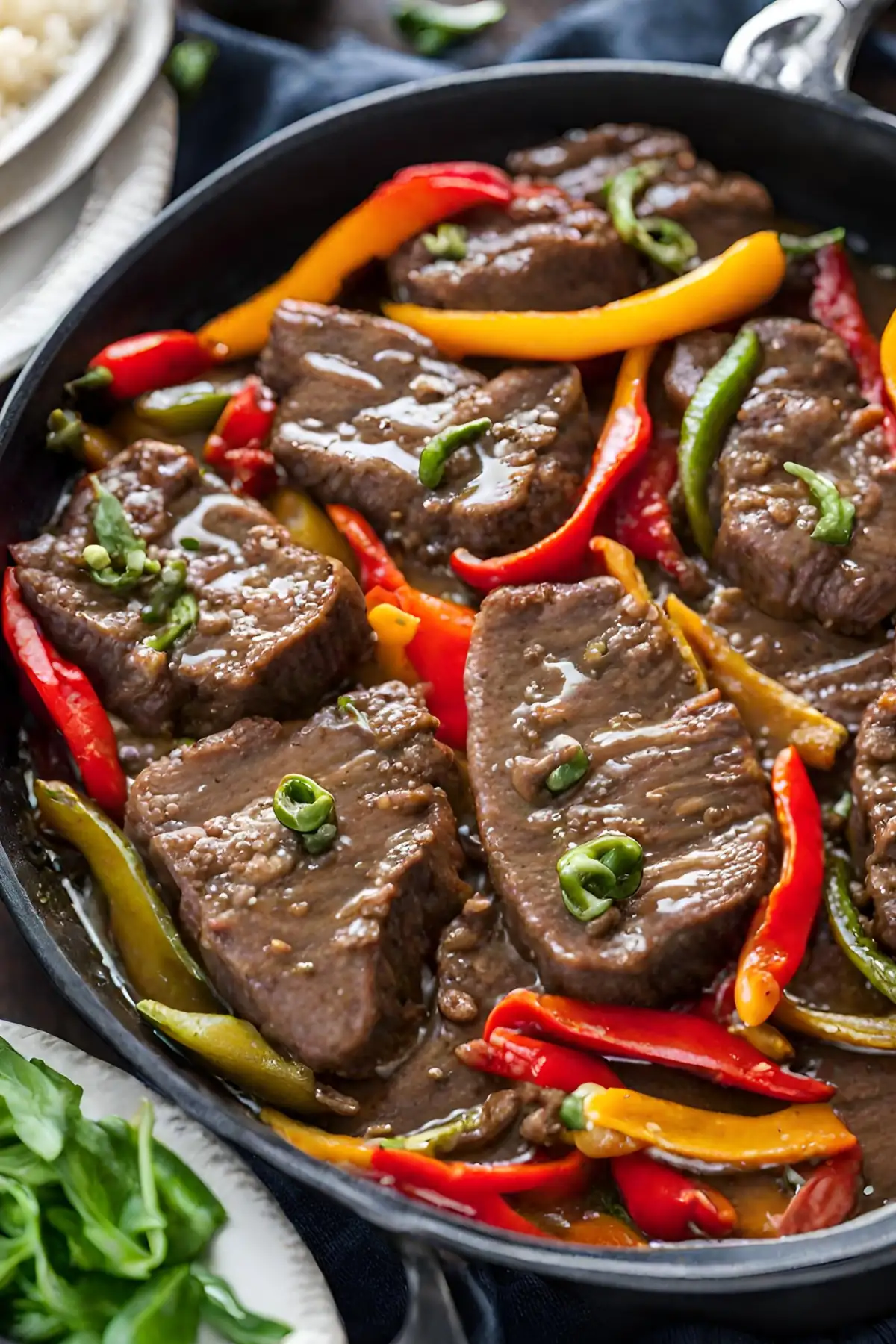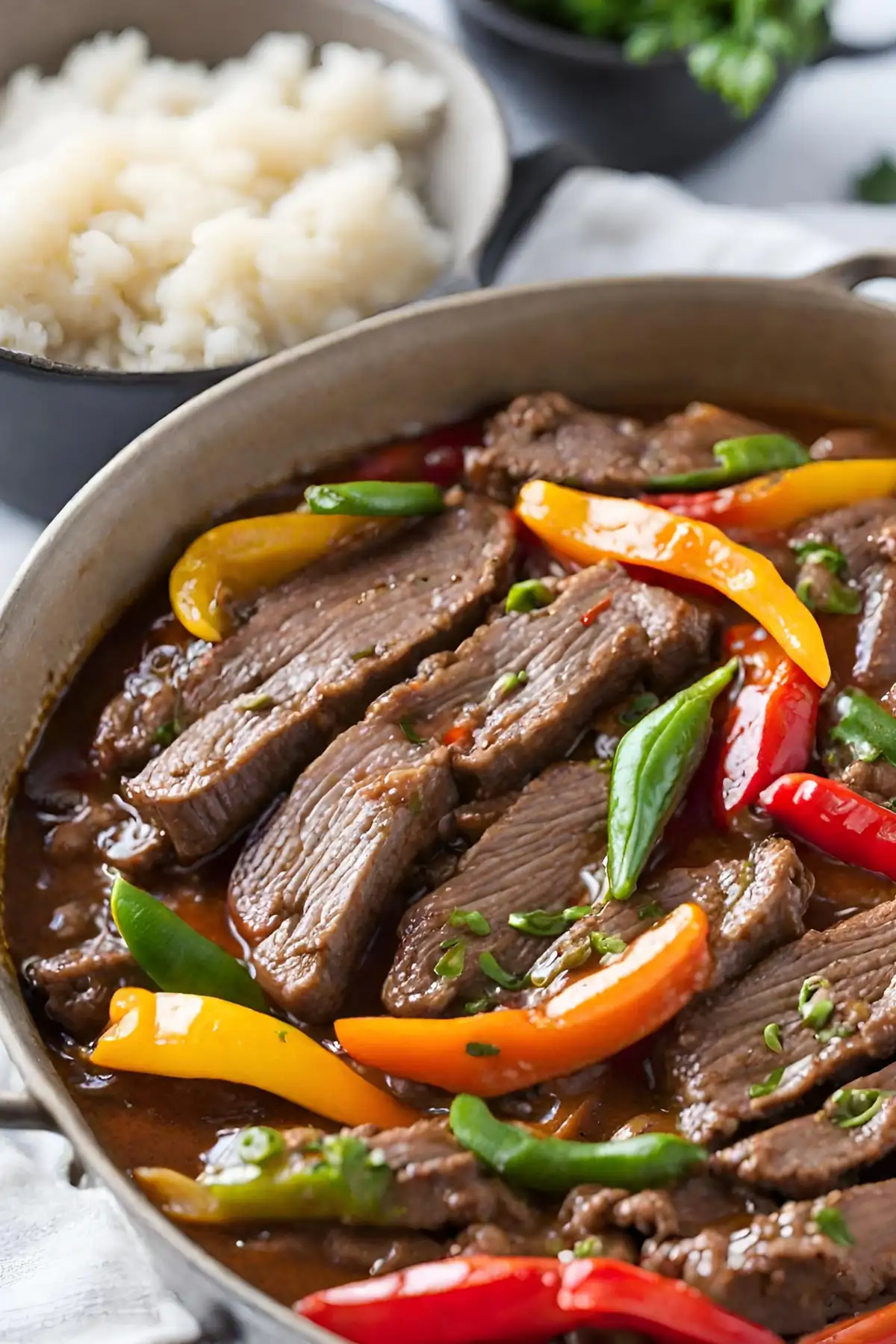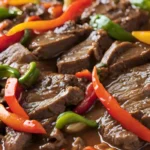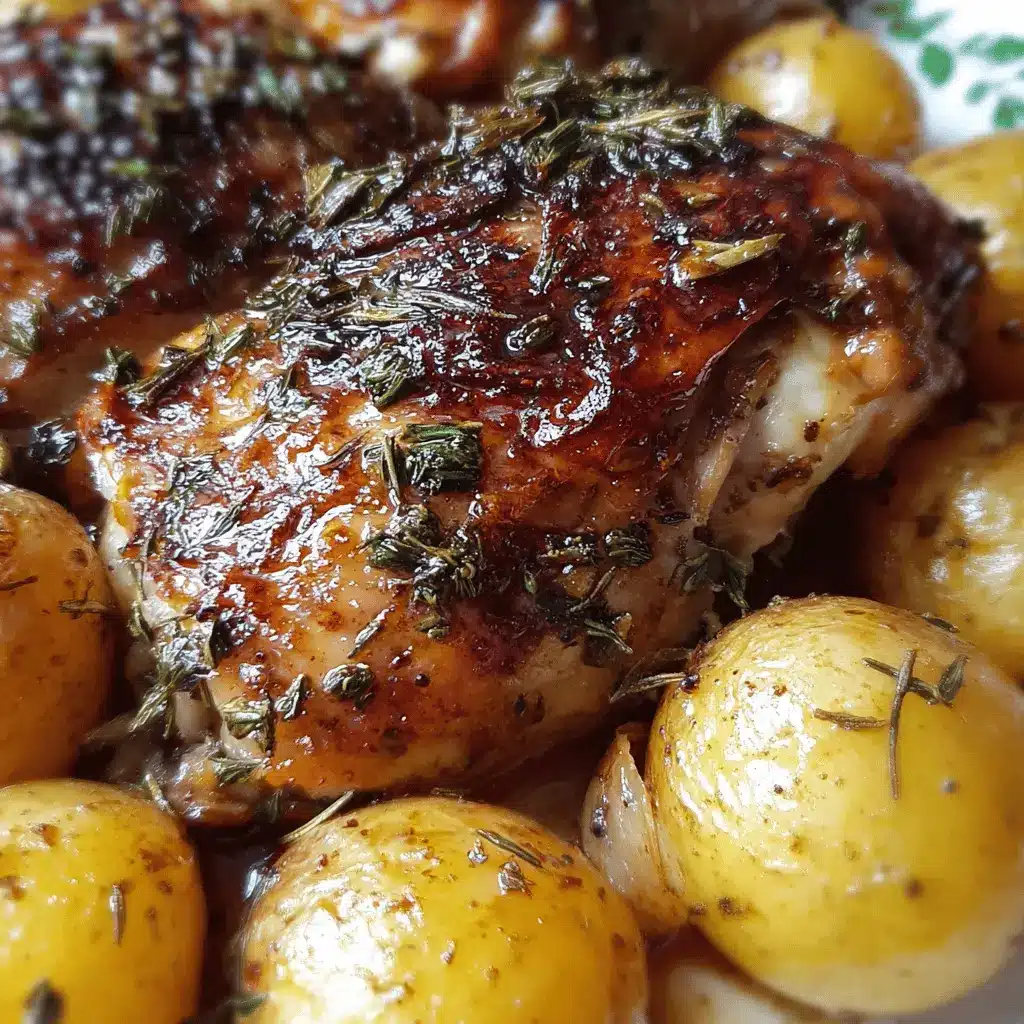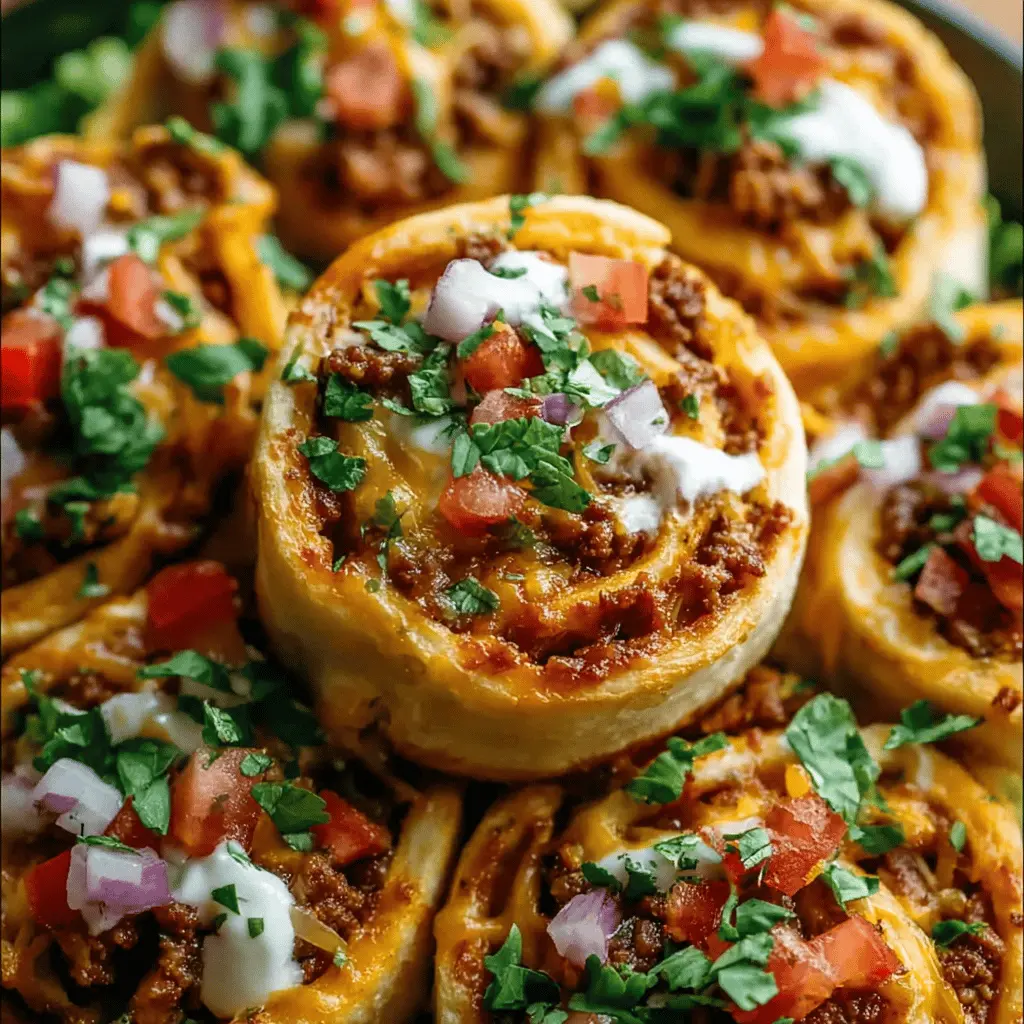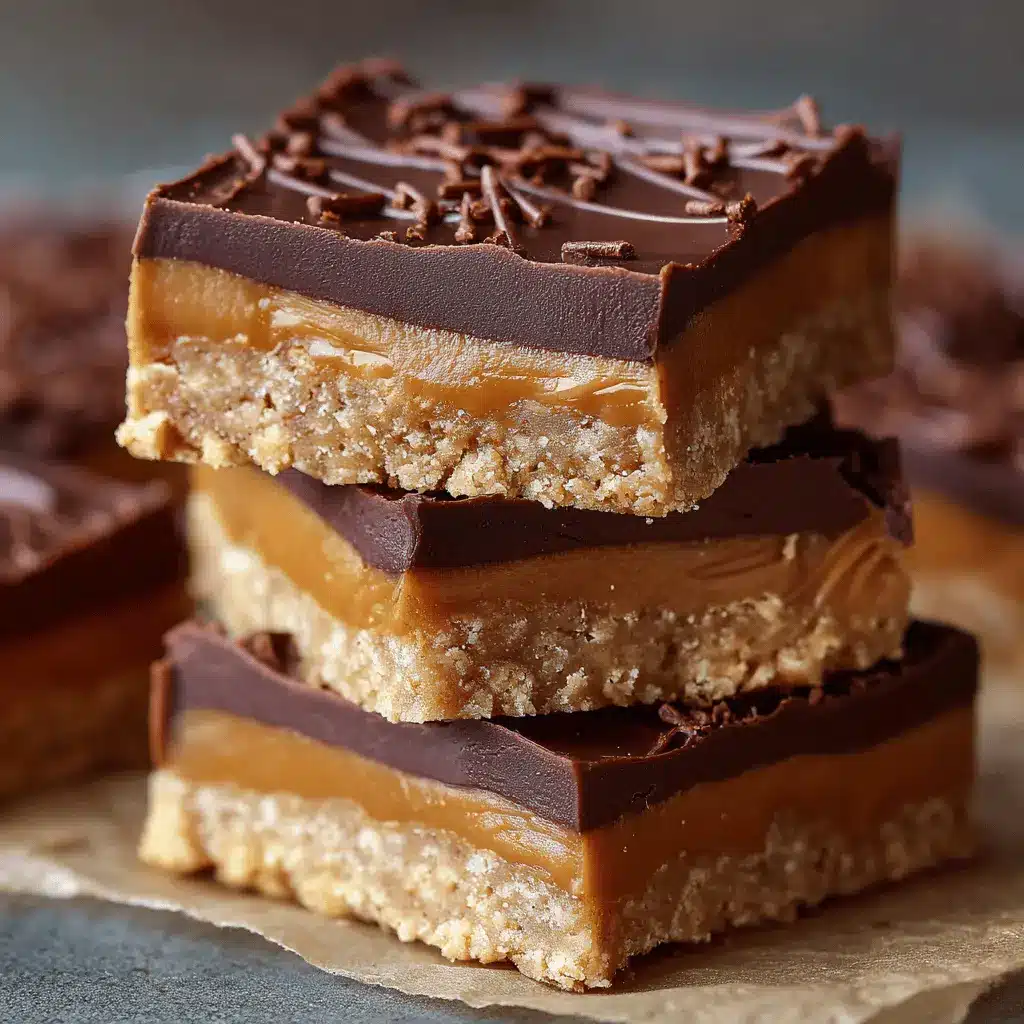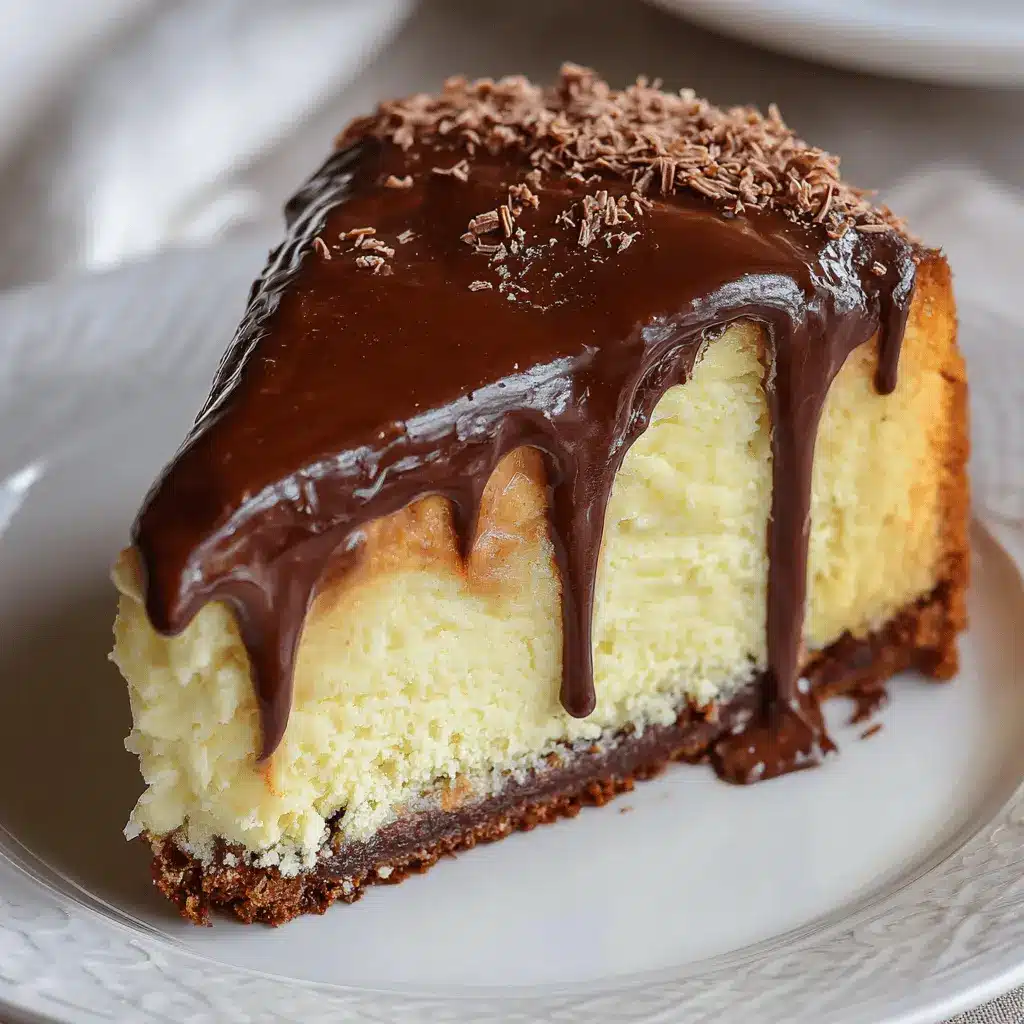Introduction to Pepper Steak
Pepper Steak is a savory and vibrant dish known for its rich flavors and straightforward preparation. The history and origin of Pepper Steak can be traced back to Chinese-American cuisine, where it emerged as a popular choice in restaurants and households alike. The dish typically consists of sliced beef, bell peppers, and onions, all stir-fried with a mixture of soy sauce, ginger, and garlic. Over the years, its popularity has transcended borders, leading to various global variations. From the traditional Chinese Pepper Steak to adaptations in the Caribbean and South American cuisines, each version retains the core elements while introducing local ingredients and flavors.
Ingredients and Preparation
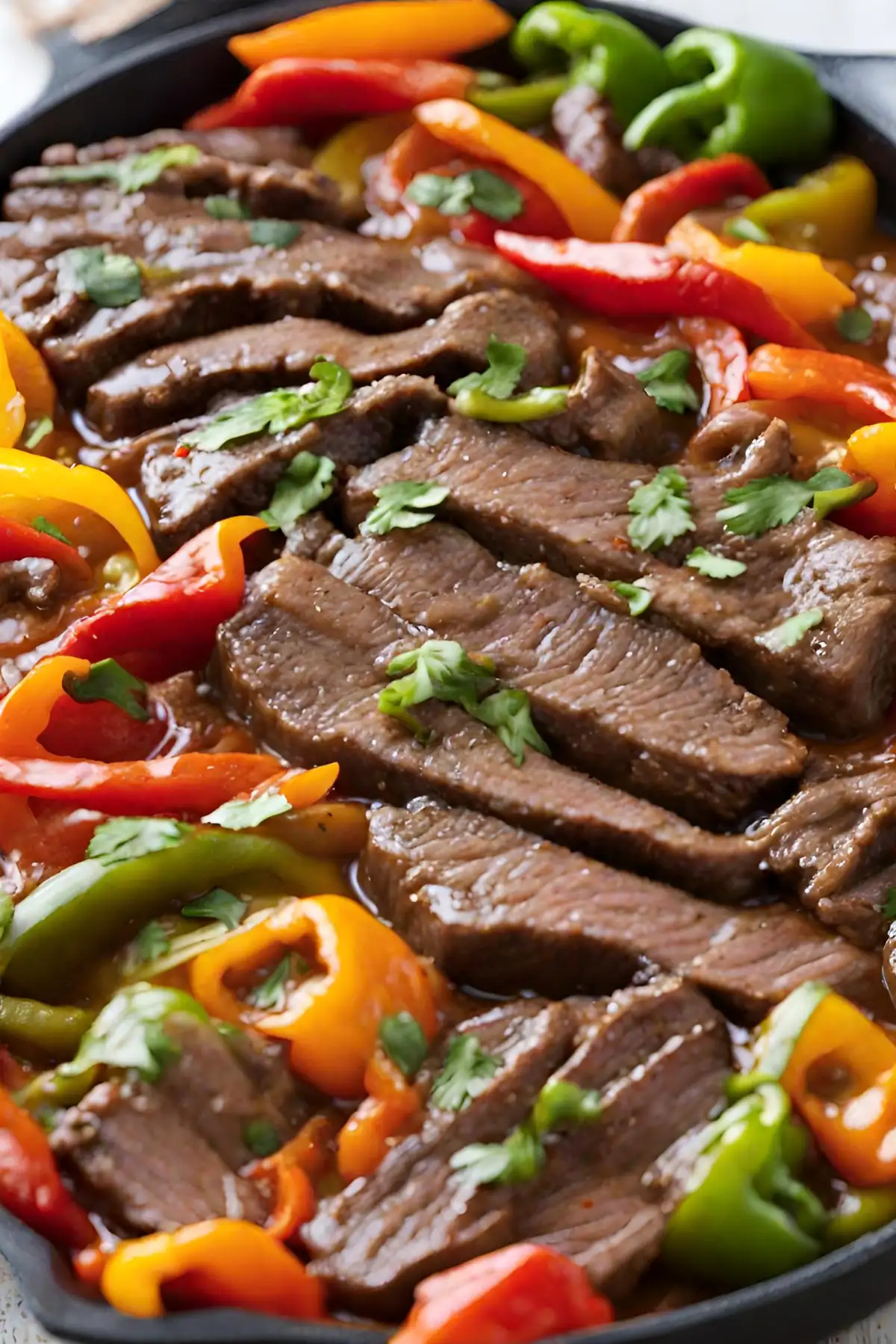
The essential ingredients for creating an authentic Pepper Steak include:
- Beef cuts: Flank steak or sirloin are the most commonly used for their tenderness and flavor. Properly slicing the beef against the grain ensures a more tender bite. For more detailed insights, consider exploring Choosing the Best Cut of Beef for Pepper Steak.
- Bell peppers: A mix of green, red, and yellow peppers not only adds a splash of color but also a variety of flavors to the dish.
- Seasoning: Soy sauce, garlic, ginger, and black pepper form the base of the savory sauce that characterizes this dish.
When preparing Pepper Steak, it’s crucial to marinate the beef to enhance its flavor and tenderness. A combination of soy sauce, a touch of sugar, and cornstarch can be used for the marinade, allowing the beef to soak up the flavors before cooking. The bell peppers and onions should be sliced into similar sizes for even cooking. Understanding the nutritional value of bell peppers can add a health-conscious angle to your dish, which can be further explored here.
The preparation process involves a quick stir-fry technique, ensuring that the beef remains tender while the vegetables retain a slight crunch. The key to a successful Pepper Steak lies in the balance of flavors and textures, highlighting the importance of each ingredient and the method of cooking.
Choosing the Right Cut of Meat
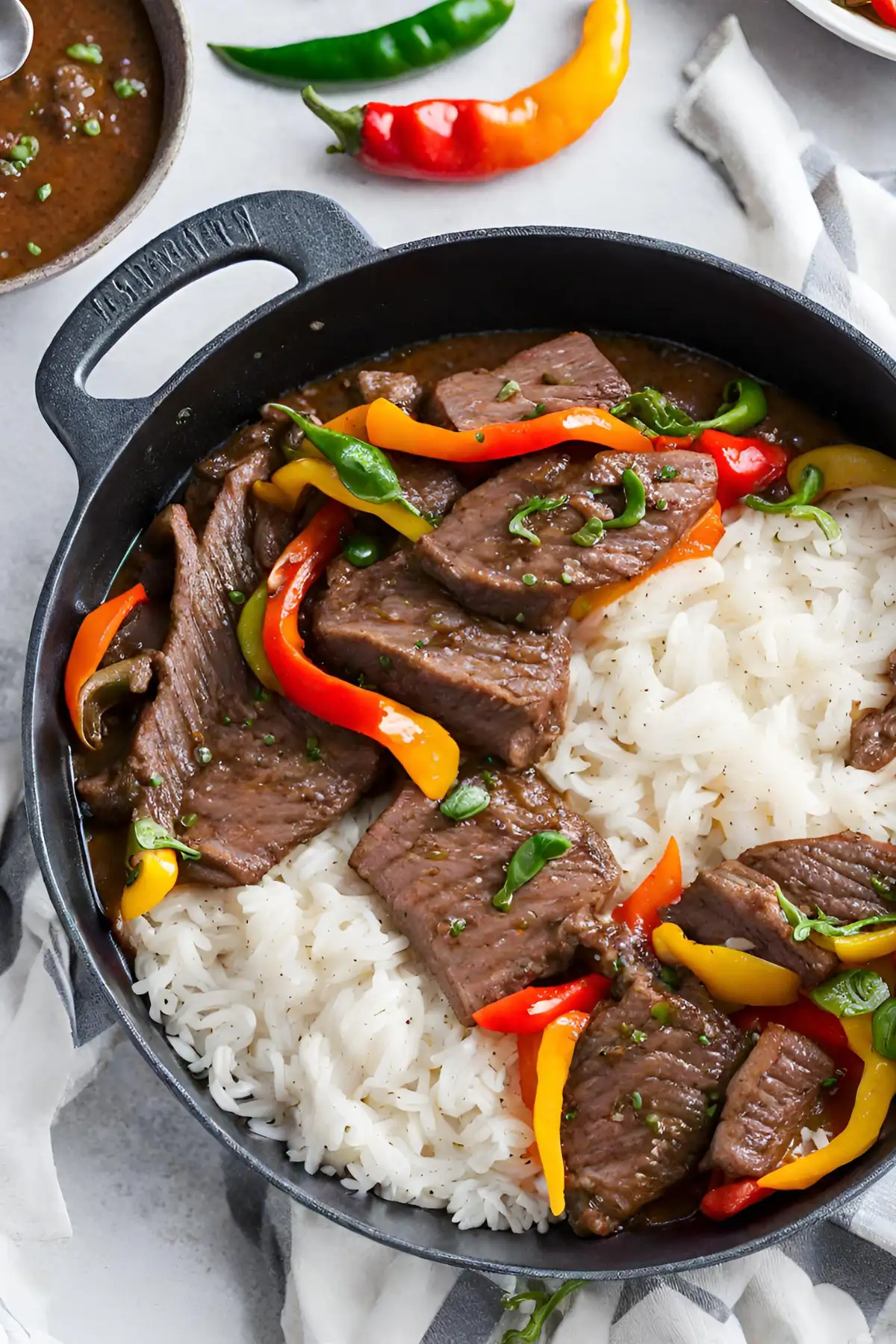
When it comes to preparing Pepper Steak, selecting the right cut of meat is crucial. Flank steak and sirloin are the most popular choices due to their rich flavor and appropriate texture. Flank steak is lean and has a strong beefy flavor, making it perfect for quick cooking methods like stir-frying. Sirloin, on the other hand, offers a tenderer bite but is similarly well-suited for the high heat of a stir-fry. Both cuts should be sliced thinly against the grain to ensure tenderness. Alternatives such as ribeye or filet mignon can be used for a more luxurious dish, although these are less traditional.
Preparation Tips for Pepper Steak
Proper preparation is key to a flavorful Pepper Steak:
- Marinating the steak: Combine soy sauce, a bit of sugar, and cornstarch with the beef slices. This not only flavors the meat but also tenderizes it and gives it a velvety texture when cooked.
- Cutting and preparing vegetables: Ensure that the bell peppers and onions are sliced uniformly to promote even cooking. They should be crisp to complement the tenderness of the beef.
- Sauce ingredients and alternatives: The classic sauce includes soy sauce, garlic, ginger, and a hint of sugar. For a gluten-free option, tamari or coconut aminos are excellent substitutes. Adding a splash of sesame oil or a sprinkle of five-spice powder can offer new dimensions to the traditional recipe.
For those looking to dive deeper into marinating techniques and flavor enhancement, exploring additional resources can provide further insights into creating the perfect Pepper Steak. Understanding the interplay of ingredients and how they contribute to the final taste of the dish is essential for any aspiring chef or home cook.
Cooking Process
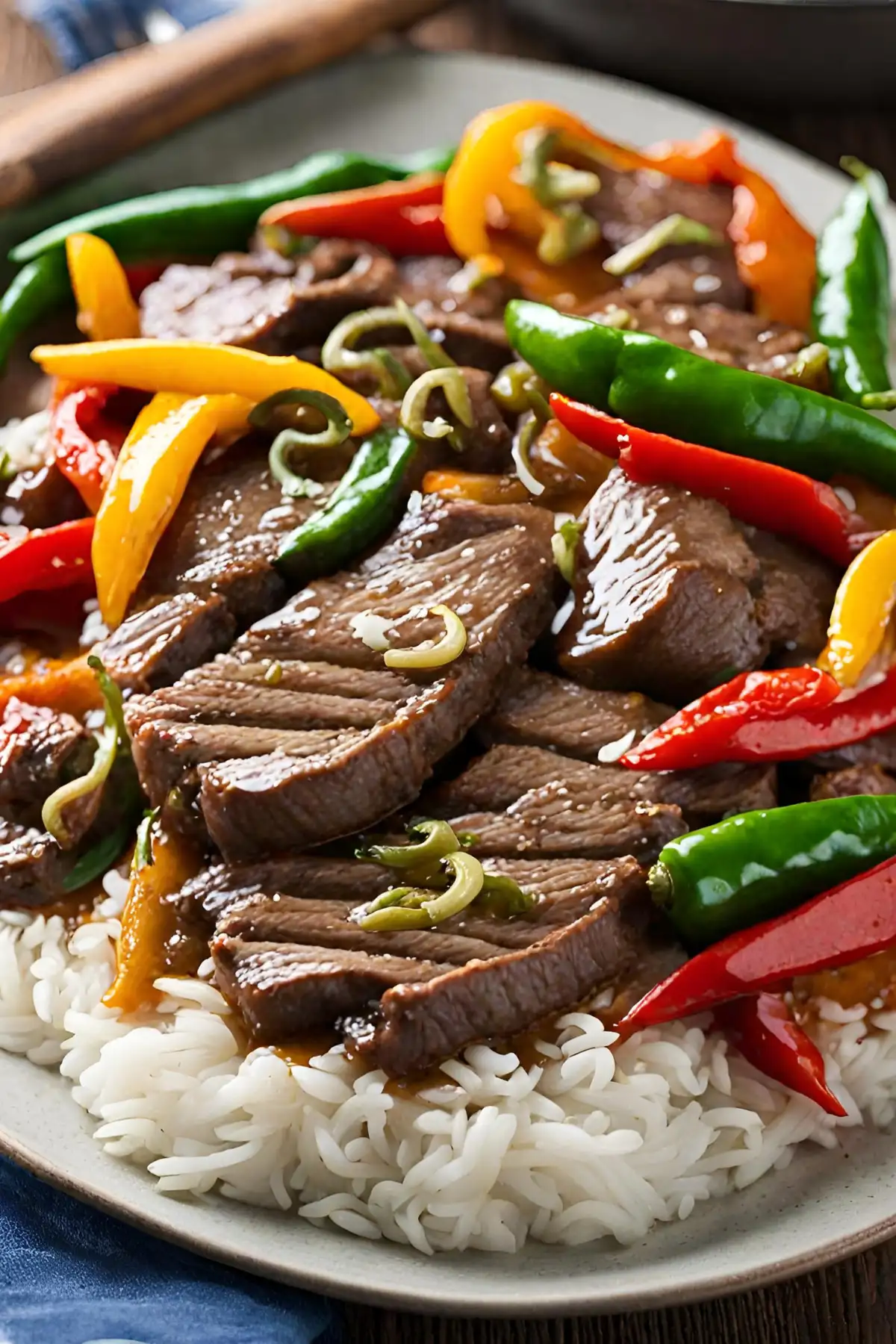
Step-by-Step Cooking Guide
Creating the perfect Pepper Steak involves a series of steps from marinating to frying:
- Marinate the beef: Start by slicing your flank steak or sirloin thinly against the grain. In a bowl, mix soy sauce, cornstarch, and a little sugar, then add the beef slices. Let them marinate for at least 30 minutes to tenderize and absorb the flavors.
- Prepare your vegetables: While the beef marinates, slice the bell peppers and onion into uniform strips. This ensures they cook evenly and maintain a crisp texture.
- Heat the wok: Place your wok or frying pan on high heat and add a couple of tablespoons of oil. The wok should be very hot before you add your ingredients.
- Cook the beef: Add the marinated beef in batches, spreading it out to ensure each piece touches the surface of the wok. Sear the beef until it’s just browned, then remove it from the wok and set aside. This prevents overcooking and ensures the beef stays tender.
- Stir-fry the vegetables: Add a bit more oil if needed, then toss in the bell peppers and onion. Stir-fry for a few minutes until they’re just softened but still crisp.
- Combine and finish: Return the beef to the wok with the vegetables. Pour in the remaining sauce ingredients and toss everything together until the beef and vegetables are well coated and heated through.
- Serve immediately: Serve your Pepper Steak hot out of the wok for the best flavor and texture. It pairs wonderfully with rice or noodles.
Common Mistakes to Avoid
When cooking Pepper Steak, there are several pitfalls to watch out for:
- Overcooking the beef: This is a common error that leads to tough, chewy meat. Ensure your wok is hot and cook the beef in batches to avoid overcrowding, which can cause the beef to steam rather than sear.
- Underseasoning: Don’t skimp on the marinade or sauce ingredients. These elements are key to the dish’s flavor. Taste as you go and adjust the seasoning as necessary.
- Ignoring the vegetable texture: The vegetables should be vibrant and slightly crunchy. Overcooking them can result in a mushy texture that detracts from the overall dish.
Remember, practice makes perfect. Don’t be discouraged by mistakes; instead, use them as learning opportunities to perfect your Pepper Steak.

